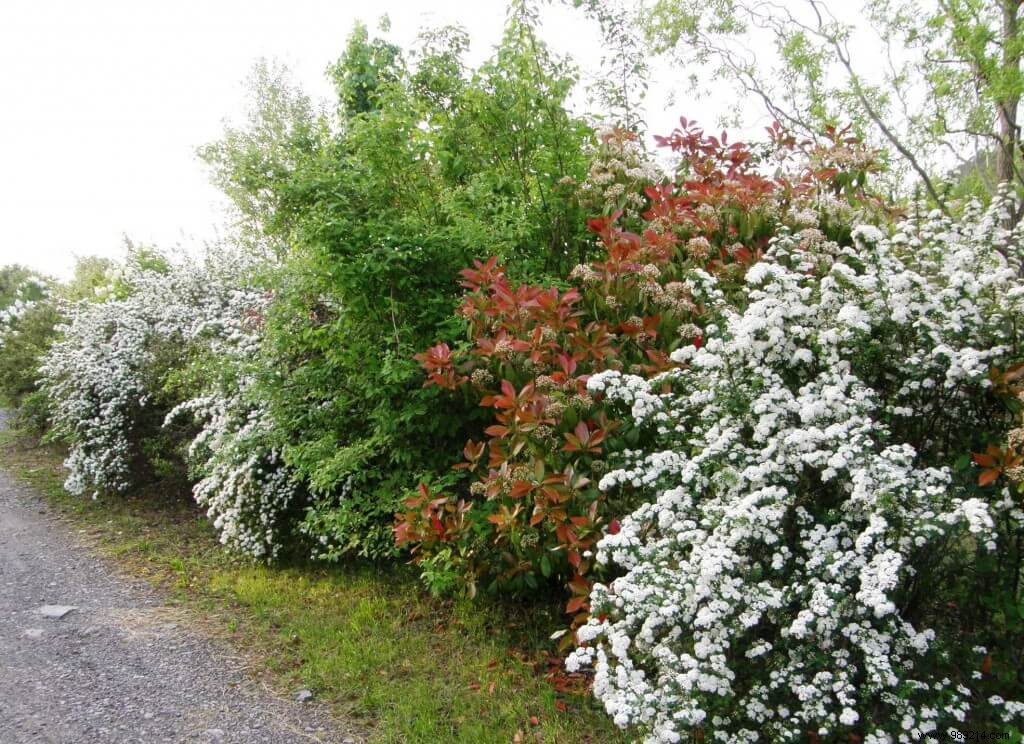10 techniques to put in place in your garden to limit chemical inputs and why not, do without!
Pesticide means killer of pests, harmful species. The term phytosanitary product, or phytopharmaceutical, is also used.
France is the third largest user of pesticides in the world, resulting in global contamination of our environment and an insidious attack on our health and natural balances.
The amateur gardener is also a user of phytosanitary products and sometimes the doses used are important.
There are cultural processes to be applied throughout the year in order to limit the use of pesticides, or even do without them.
This shakes up our habits, our logic, but through these attitudes, which can be described as eco-citizen gestures, we will manage to reduce our impact on air and water pollution, to preserve our planet and our health.
Wild or planted regional plants benefit from the best adaptation to the local biotope. These are the most resistant plants, to climatic hazards, adapted to soils, hosting a fauna and a flora favoring their development. Some of these plants can be used as hedges or shade trees, ground cover plants on embankments...
Native or not, each plant nevertheless has a type of soil and exposure to respect. Planting should therefore follow some basic rules.
A healthy plant in a suitable environment is a guarantee of easy maintenance.
2. Biodiversity
3. soil fertility
4. Irrigation management
5. mulching
6. Managing invasive plants
7. the right gestures at the right times
8. The right tool, adapted, maintained
9. Companion plants
10. Crop rotation:2 years of vacation!
Conclusion

Mixed hedge of plants adapted to their environment